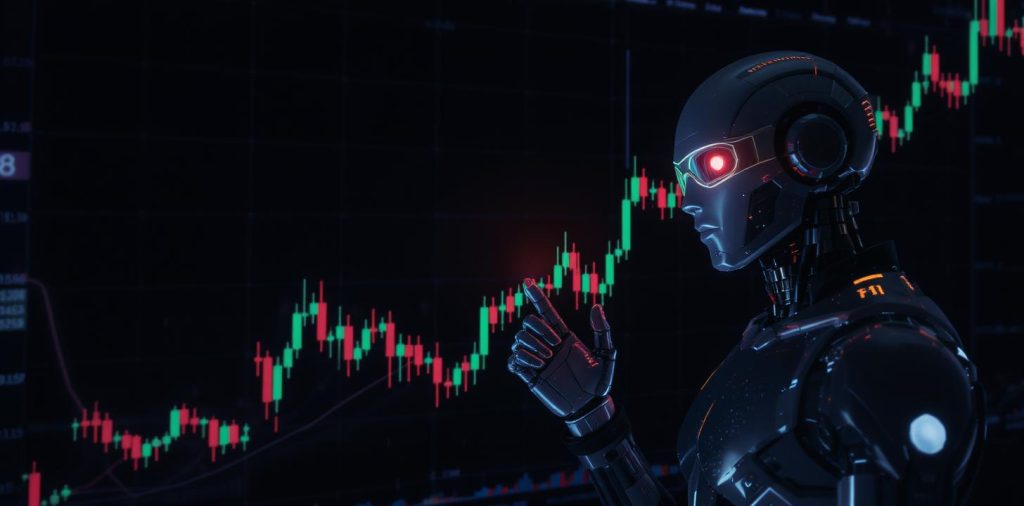Binary options robots are automated trading systems designed to place binary options trades on behalf of a user. These systems are usually built with pre-set rules and algorithms that determine when and how to execute trades, often based on technical indicators or market patterns. The appeal of using a robot is simple: remove human emotion and error from the decision-making process and allow software to trade with precision and speed.

How Binary Options Robots Work
Most binary options robots operate by connecting to a compatible broker’s platform via an application programming interface (API) or through account login credentials. Once connected, the robot can monitor market data in real time, analyse conditions based on its internal strategy, and place trades automatically.
Robots may be based on a wide range of strategies. Some follow trend indicators like moving averages, Bollinger Bands, or RSI. Others use pattern recognition, statistical models, or even machine learning techniques. The majority of binary options robots focus on short-term expiries—usually under five minutes—where market noise can be exploited for small, fast trades.
Users typically have limited control over the underlying logic of the robot. However, they may be able to adjust variables such as trade size, risk level, the number of trades per day, or which assets the robot trades. In some cases, the robot may offer backtesting or simulation features, although these are often unreliable or based on selective data.
Marketing vs. Reality
Binary options robots are widely promoted online, often through aggressive marketing, exaggerated claims of success, and fake testimonials. A recurring theme across promotional materials is the idea of “easy profit” or “set and forget” trading. The reality is rarely this simple.
Most robots do not perform as advertised. Many are based on basic technical signals that do not adapt to changing market conditions. Others are poorly coded, prone to bugs, or structured to place trades that benefit the broker rather than the user. In some cases, robots are outright scams, designed to funnel deposits into broker accounts without any real trading logic behind them.
Because of this, traders need to be extremely cautious. The binary options industry already operates in a grey regulatory space in many jurisdictions, and binary robots are even less scrutinised.
Risks of Using Binary Options Robots
The most obvious risk is financial loss. A robot that trades frequently without sound logic can wipe out an account in minutes. Since binary options have a fixed payout and loss structure, even a small edge against the trader can become significant over many trades.
Technical risk is also a factor. Software failures, disconnections, broker downtime, or incorrect settings can all lead to unplanned trades or missed opportunities. Because binary options expire at fixed intervals, even a few seconds of delay can change a winning position into a loss.
Then there’s the issue of accountability. Many robots are sold or distributed by anonymous developers with no public track record, no support, and no refunds. When things go wrong—which they often do—users are left without any recourse.
Transparency and Control
One of the main criticisms of binary robots is the lack of transparency. Most do not allow users to see the full code or understand the trade logic in detail. This makes it difficult to verify the strategy, adapt it to personal goals, or troubleshoot when performance drops.
Even among more reputable robots, the promised win rates are rarely sustainable over time. Markets change, and a strategy that works for a week may fail catastrophically the next. Without the ability to tweak or update the algorithm, users are left relying on software they don’t fully understand and can’t modify.
Are There Any Legitimate Binary Robots?
A handful of platforms offer what might be called semi-automated trading tools—signal services, trade copiers, or strategy builders. These provide more control and visibility than fully automated robots and may be safer for those who want to explore automation in a limited way.
Some robots are developed by independent traders or small firms who share performance data and offer support, but these are rare. Even in those cases, performance should be verified independently, preferably with forward testing in a demo account before committing real funds.
Due diligence is essential. Traders should avoid any robot that makes unrealistic promises, uses fake reviews, or requires deposits with unregulated brokers.